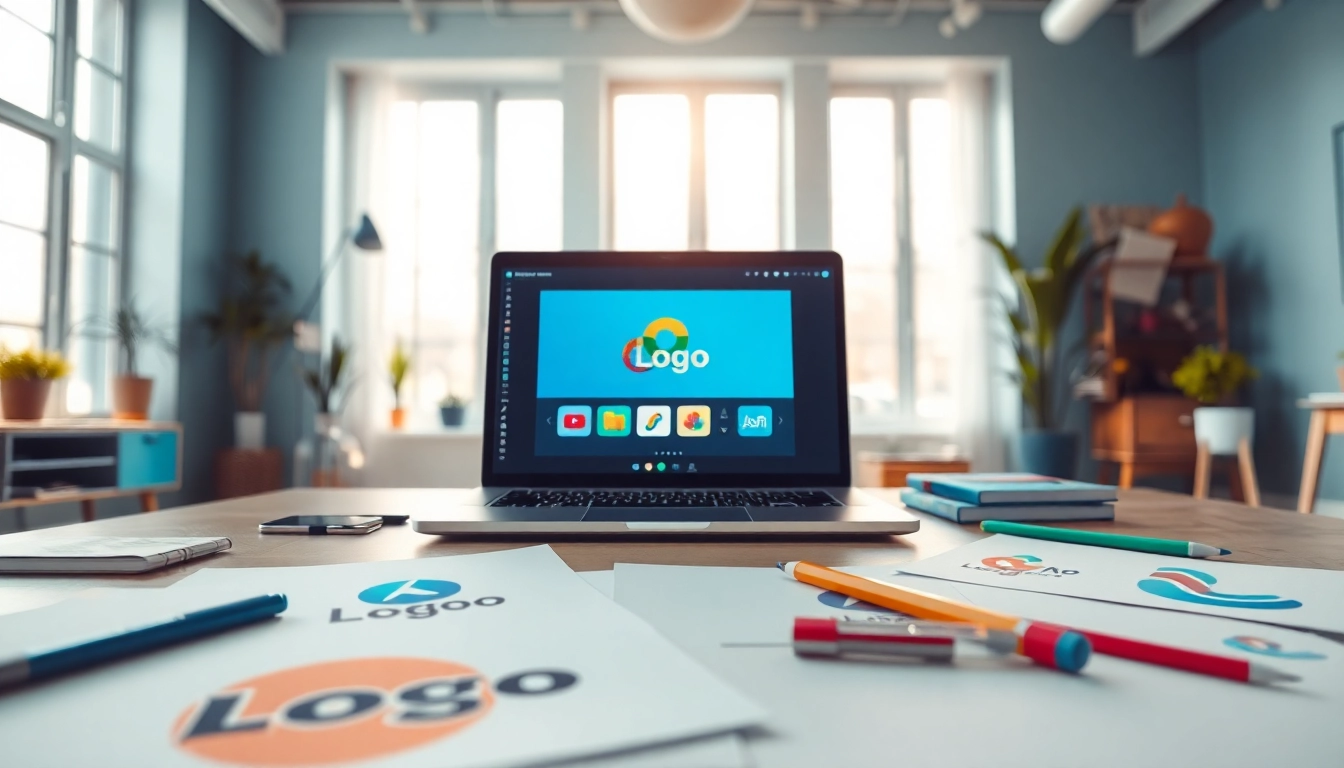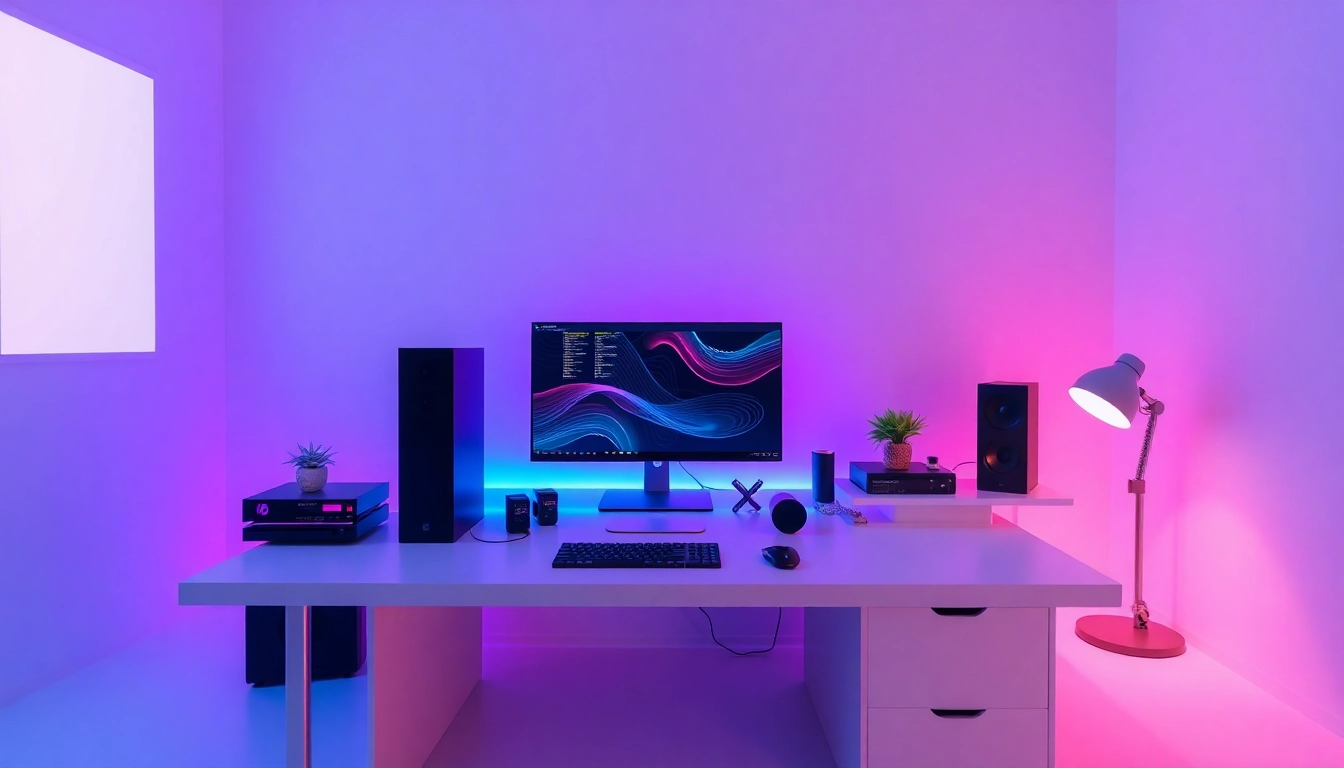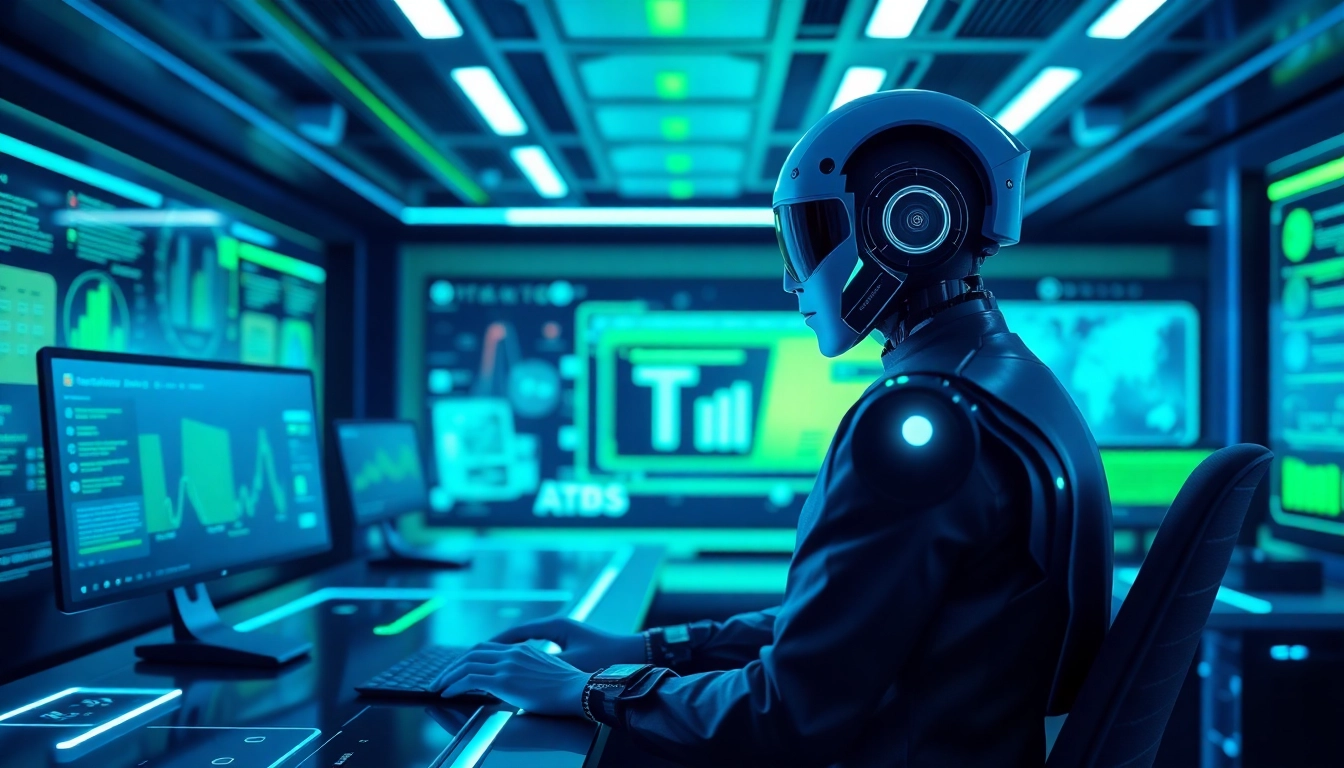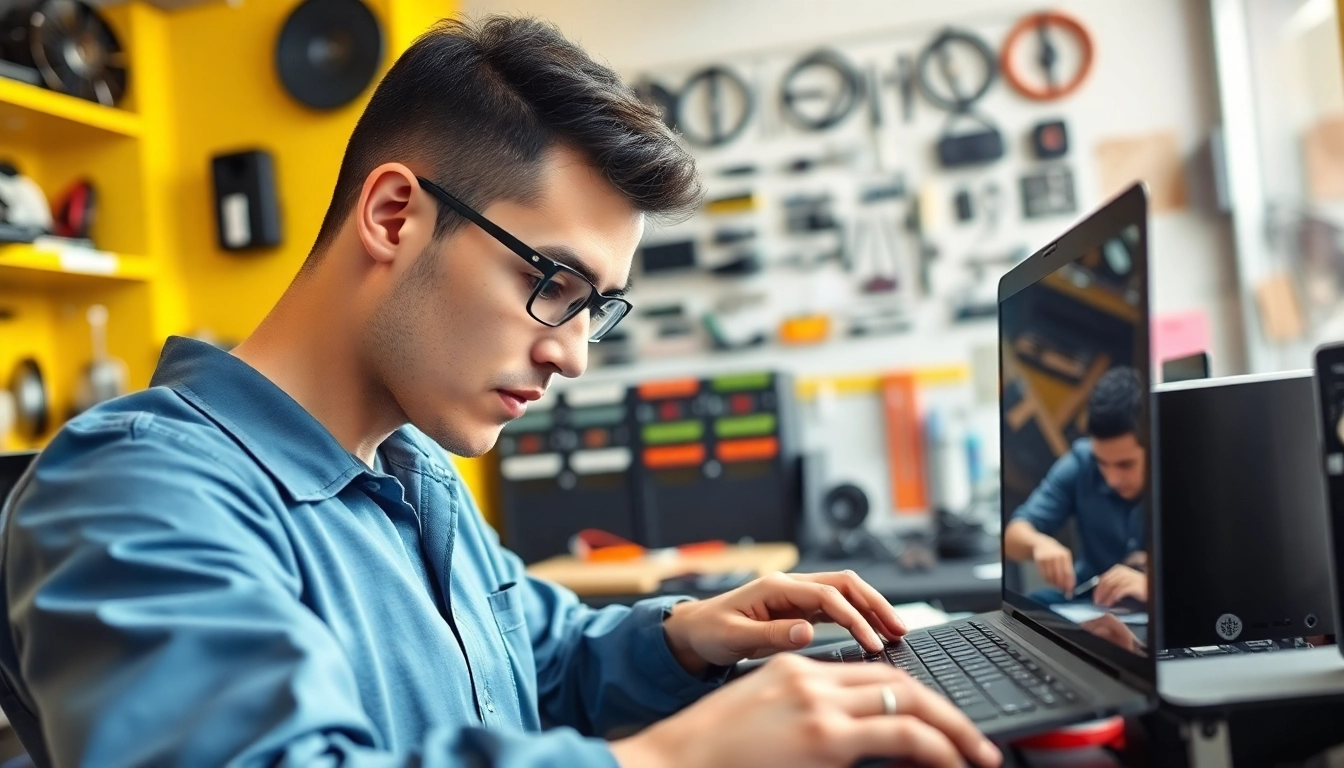Understanding Custom AI Logo Design
In today’s competitive market, creating a unique brand identity is essential for businesses seeking to stand out. Among the myriad ways to achieve this, custom AI logo design has gained immense popularity. Leveraging cutting-edge artificial intelligence technology, businesses can create personalized and distinctive logos that encapsulate their brand ethos. If you’re interested in exploring how custom AI logo design can enhance your branding strategy, this article will serve as a comprehensive guide.
The Basics of Logo Design
Logo design is not just about aesthetics; it’s about creating a visual identity for a brand. A well-designed logo conveys critical aspects of the brand, such as its values, mission, and the emotions it seeks to evoke in its audience. When designing a logo, several factors must be considered:
- Brand Identity: Your logo should reflect the core values and vision of your business.
- Target Audience: Understanding your audience helps in designing logos that resonate with them.
- Color Psychology: Different colors evoke different emotions; selecting the right palette is pivotal.
- Typography: Fonts convey different messages; thus, choosing the right typography is essential.
Benefits of AI in Logo Creation
Artificial intelligence revolutionizes the logo design process by simplifying and speeding up what used to be a manual, time-consuming endeavor. Some notable benefits include:
- Quick Turnaround: AI tools can generate multiple design options almost instantly.
- Cost-Effective: Businesses can save money on hiring professional designers by using AI tools.
- Customization: AI tools allow users to adjust design elements to create their ideal logo.
- Data-Driven Design: AI algorithms analyze market trends, enabling more relevant and modern designs.
Types of Custom AI Logo Design Services
There are various AI logo design services available, each offering different functionalities. Some popular ones include:
- Template-Based Generators: These platforms provide pre-designed templates that users can customize (e.g., Canva, Looka).
- Design Algorithms: Some services create logos from scratch based on user inputs, utilizing advanced machine learning models (e.g., LogoMakr, Brandmark).
- Freemium Models: Many tools allow users to design logos for free but charge for high-resolution downloads or additional features (e.g., Design.com, Logopony).
How to Choose the Right AI Logo Maker
Choosing the right AI logo maker is crucial for creating an effective logo. Here are some aspects to consider:
Key Features to Look For
When evaluating AI logo makers, consider the following features:
- Ease of Use: A user-friendly interface enhances the design experience.
- Customization Options: Look for platforms that allow extensive customization to ensure your logo is unique.
- Design Quality: Examine examples of logos generated by the tool to assess quality.
- Output Formats: Ensure the tool provides various formats (e.g., .png, .svg) suitable for different uses.
Comparing Popular AI Logo Design Tools
To help you choose the best tool, here’s a brief comparison of some leading AI logo makers:
| Tool | Unique Features | Pricing |
|---|---|---|
| Canva | Vast template library, drag-and-drop interface | Free with premium features |
| Looka | Brand kit provision, easy customization | Starting at $20/logo |
| LogoMakr | Intuitive interface, unlimited design options | Free with a small fee for high-resolution downloads |
User Experience and Customer Support
User experience is critical when using AI logo design tools. Platforms with comprehensive tutorials, responsive customer support, and active user communities can provide significant advantages. Reading customer reviews and exploring forums can help gauge user satisfaction and the quality of support offered.
Creating Your First Custom AI Logo
Creating your first custom AI logo can be an exciting and rewarding endeavor. Here’s a step-by-step guide:
Step-by-Step Guide to Using AI Tools
- Select Your AI Logo Maker: Choose a tool based on the features discussed earlier.
- Input Your Business Details: Enter your business name and tagline if applicable.
- Choose Your Preferences: Select colors, styles, and icons that align with your brand identity.
- Generate Logos: Let the AI create several design options based on your inputs.
- Customize: Select a design you like and customize it further until you are satisfied.
- Download Your Logo: Once finalized, download it in your desired format.
Tips for Effective Logo Design
Creating an effective logo goes beyond using an AI tool. Here are some best practices to enhance your design:
- Simplicity is Key: A simple design is often more recognizable and versatile.
- Scalability: Your logo should remain clear and effective at different sizes.
- Timelessness: Aim for a design that won’t look outdated in a few years.
Avoiding Common Mistakes
Designing a logo can come with challenges. Here are some common mistakes to avoid:
- Overcomplicating the Design: Complicated logos can be hard to recognize at a glance.
- Neglecting Feedback: Ignoring external opinions can limit the effectiveness of your logo.
- Inconsistent Brand Messaging: Ensure your logo reflects your brand’s values and mission.
Maximizing Your Logo’s Impact
Once your logo design is complete, the next step is to maximize its impact across various platforms.
Integrating Your Logo Across Platforms
Consistency is crucial for brand recognition. Use your logo across all marketing materials, including your website, social media profiles, business cards, and digital advertisements. Ensuring your logo maintains its integrity across different applications is vital for a cohesive brand image.
Measuring Brand Recognition
To evaluate the effectiveness of your logo, gather data on brand recognition. Surveys, focus groups, and online brand analytics can provide insights into how well your logo resonates with your audience. Key performance indicators (KPIs) to consider include:
- Brand Recall: Can your audience remember your brand when asked?
- Engagement Rates: Monitor engagement on social media and website interactions.
- Customer Feedback: Regularly gather customer opinions on your branding efforts.
Gathering Feedback and Iterating
Continuous improvement is essential. Gather feedback on your logo’s effectiveness and be open to making revisions if necessary. A/B testing different elements of your logo can help identify what resonates best with your audience, allowing for iterative improvements over time.
Future Trends in AI Logo Design
As technology advances, the world of AI-driven logo design continues to evolve. Understanding upcoming trends can give you an edge in maintaining a relevant brand identity.
Innovations to Watch For
Keep an eye on the following trends in AI logo design:
- AI-Enhanced Personalization: Future tools will likely offer even greater customization options based on user behavior analysis.
- Dynamic Logos: Logos that adapt based on user interaction and context will become more prevalent.
- Integration of Augmented Reality: Brands may leverage AR technologies to create immersive logo experiences.
The Evolving Role of Design Professionals
While AI tools enhance design capabilities, the role of human designers remains vital. Professionals will increasingly act as curators, guiding AI-generated content towards effective brand strategies. Their expertise will be crucial in interpreting data insights and making artistic decisions that AI cannot fully replicate.
How Brands are Adapting to AI-Driven Design
Brands are becoming more adept at using AI technologies in branding strategies. Many are integrating AI design tools into their workflows, enabling faster turnaround times and more flexible designs. Learning to balance AI efficiency with creative intuition will be essential for future brand managers and marketers.



